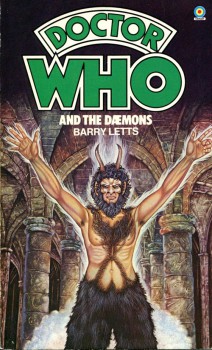Can SF Save the World From Climate Change?
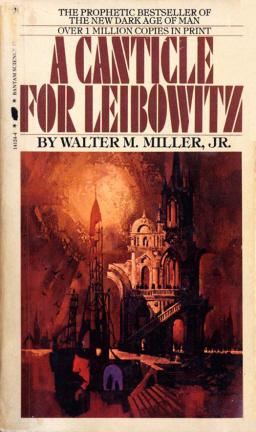 Since its inception in the 19th Century, science fiction has inspired technological innovation and progress, utilizing creativity to prod the minds of scientists and engineers into designing wonders beyond the factories and smokestacks of the Dickensian world. Jules Verne and H.G. Wells, the godfathers of SF, imagined submarines, airships, rockets, spacecraft, and even atomic energy, and their “science fantasy” stories inspired generations of scientists, inventors and engineers, not to mention countless artists and writers.
Since its inception in the 19th Century, science fiction has inspired technological innovation and progress, utilizing creativity to prod the minds of scientists and engineers into designing wonders beyond the factories and smokestacks of the Dickensian world. Jules Verne and H.G. Wells, the godfathers of SF, imagined submarines, airships, rockets, spacecraft, and even atomic energy, and their “science fantasy” stories inspired generations of scientists, inventors and engineers, not to mention countless artists and writers.
In the early 20th Century, the Golden Age of SF helped pioneer many of the modern technologies we now take for granted. Arthur C. Clarke conceptualized the geostationary satellite. Isaac Asimov laid the groundwork for robotics and artificial intelligence. E.E. “Doc” Smith’s Lensmen novels inspired the US Navy to create the first naval combat information center. In the early 1980s, at a time when personal computers were still in their infancy, William Gibson imagined cyberspace.
At the same time, SF writers have also warned us about the dangers of our rapidly changing world. Pre-dating Verne and Wells, Mary Shelley’s Frankenstein is a bleak cautionary tale of what can happen when scientists try to alter life itself (a warning that seems more prescient than ever in an age of cloning and GMOs). In response to the Second Industrial Revolution, E.M. Forester wrote the first modern dystopia, The Machine Stops, a short novel that depicts a future race of humans that have become helpless, fat, and slug-like due to their complete reliance on technology.
And then, of course, there are the classic dystopian tales, warning us of the dangers of taking social and political ideologies to their extreme ends: A Brave New World, 1984, Animal Farm, and Yevgeny Zamyatin’s We. Similarly, the post-apocalyptic novel A Canticle for Leibowitz, penned by Walter M. Miller during the height of the Cold War, warns of the dangers of nuclear proliferation coupled with imperialism.
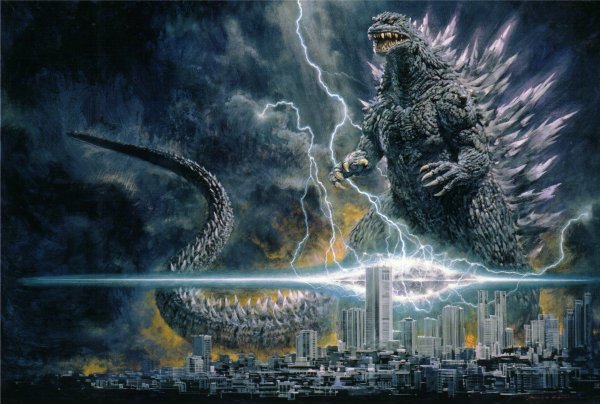
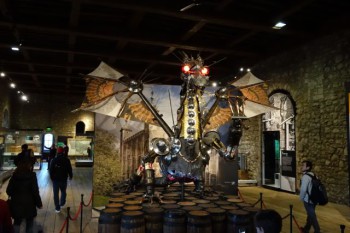
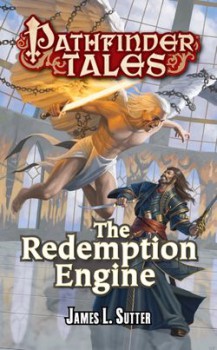

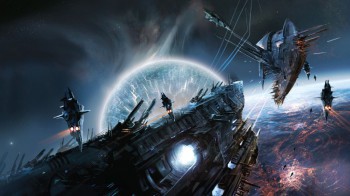
 Not all Kickstarters will fund.
Not all Kickstarters will fund. 